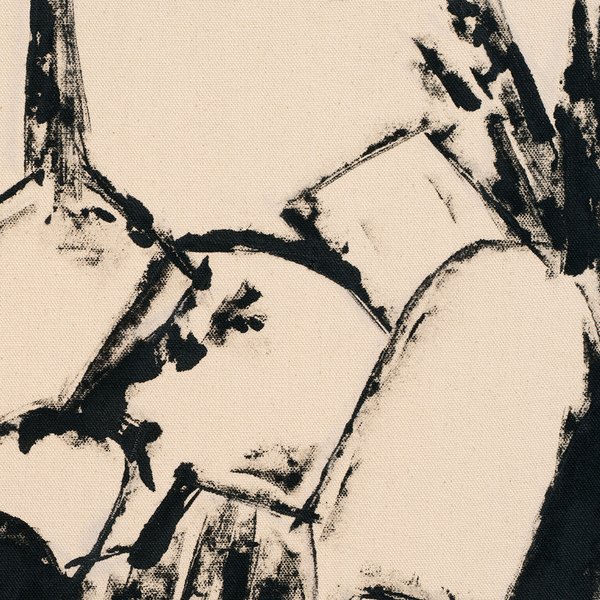Gerald Ferguson
Last Landscapes
Canada Gallery, 61 Lispenard St, New York, NY
September 6 – October 21, 2023
In the late 1960s, Cincinnati-born Gerald Ferguson traded in New York’s conceptual art scene for the chance to transform a provincial art college in Nova Scotia. For Ferguson, who was running in the same crowd as Lawrence Weiner, Dan Graham, and June Leaf, it wasn’t an easy decision to forgo the sophistication of Manhattan for a remote, impoverished navy port that valued hardiness and results over ideas; but he believed that the gallery system was starting to subsume the conceptual art movement by covertly supporting the things that he rejected — fame, excess, privilege, war. Over the next decades, Ferguson worked to turn NSCAD (Nova Scotia College of Art and Design) into a conceptual hub, importing visiting artists such as Gerhard Richter, Sol LeWitt, Eric Fischl, and Vito Acconci.
Over his almost forty-year career, Ferguson wrestled with two constants. The first was a relentless battle with depression. The second was his art practice, which consisted of conceptual works and frottage paintings, for which he is well known in Canada. In his frottage pieces, he treated folk and decorative elements with a post-minimalist approach, rubbing black house paint over canvas purchased at the local sail-making shop, repeating patterns of mostly quotidian objects such as Victorian fireplace panels, chains, ropes, and rods, which leave the viewer with a sense of hard-earned humanity.
The landscapes presented here, Ferguson’s last series of paintings, differ significantly from his past work. After breaking his arm in a car accident in 2008, Ferguson found himself unable to move his usual ropes, rods, and chains to his satisfaction. Unwilling to disrupt his studio practice, he returned to the paintings that inspired him as a young man after leaving the army. Drawing on his prodigious knowledge of art history, and using a cheap hardware store 2.5” roller, Ferguson painted directly on raw canvas with his good arm, synthesizing elements from Cezanne through the third and fourth string landscapes that form the bulwark of American art in the first half of the 20th century to Hartley. He even let himself do a variation on plein-air painting by driving around the back roads of Nova Scotia, a diet Coke in the cup holder, a cigarette in the ashtray, fabricating sketches through his car window and a modernist American lens. Although resoundingly irascible, Ferguson was delighted to find this unexpected new studio process was marked by the presence of joy. The results in his words: “Dangerously close to real painting.”
What Ferguson meant by that quip is that while it’s tempting to see these paintings as an abandonment of conceptual rigor, they are, in fact, an extension of his “anti-romantic polemic.” He thought of his painting process as a hypostasis, a scaffolding upon which he could build any work. By climbing onto it and mixing the marks, the motifs, even the aspirations of Hartley, Kadinsky, Dove, and Pinkham Ryder, Ferguson guides us through an achingly clear tour of the structures that make up the history of landscape painting, particularly early 20th century works that aspired to transcendence. To Ferguson’s point, these works are both pictures of landscapes and paintings of landscape paintings, but, quixotically, they are not landscape paintings.
– Laura Mac Donald
Read full exhibition details here

